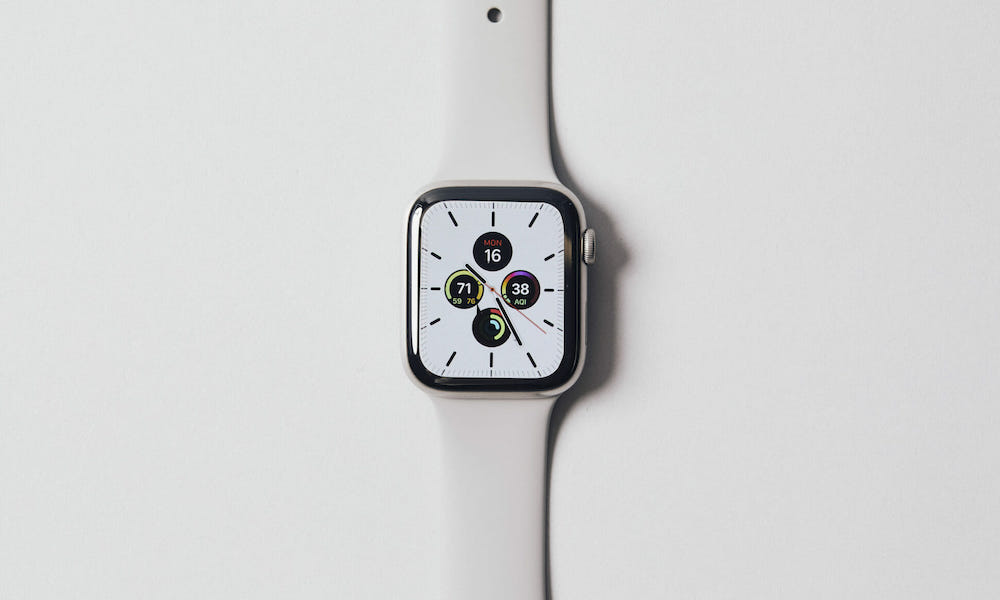75% of New Apple Watch Purchases Aren’t Coming from Upgraders
 Credit: GearPatrol
Credit: GearPatrol
Toggle Dark Mode
Apple says that three out of every four Apple Watch buyers is a first-time owner of the flagship wearable. At first glance, that might just seem like an interesting sales fact. But taking a closer look at that statistic reveals the fundamental differences between Apple’s iPhone and Apple Watch strategy.
Apple’s Wearables Success
The Apple Watch has been one of the Cupertino tech giant’s most successful products in recent memory. It’s not just the best-selling smartwatch in the world — it’s the best-selling watch.
It’s also part of a larger product category that’s seeing growth at a breakneck pace. During its last earnings call, Apple CEO Tim Cook reported that its wearables category (which also includes Beats and AirPods) is accelerated “well over 50 percent.”
If you analyze the Apple Watch’s sales similarly to the iPhone, you’d probably expect that Apple Watch owners simply upgrade to a new model every year.
But the fact that 75 percent of Apple Watch buyers are first-time owners flies in the face of that assumption. It also reveals why Apple’s Apple Watch strategy might be radically different than its iPhone strategy — and how it could hint at future services.
The Apple Watch Strategy
The Apple Watch Series 5 seems like an objectively minor update over the past generation. There’s a new always-on display, a compass and additional case options and materials.
For most current Apple Watch owners, none of those features are really enough to justify upgrading. But think back to the “75 percent” statistic. Convincing current Apple Watch owners to upgrade isn’t the point here.
Think about the always-on display. With it, the Apple Watch Series 5 is much more akin to a regular watch that non-Apple Watch owners may be accustomed to. Getting the Apple Watch to behave more like a regular watch could make the wearable a lot more attractive to analog watch owners.
The new case options are another example. Many people who wear watches are particular about the materials and functionality of their timepieces. By offering titanium and ceramic options, Apple may convince higher-end watch owners to switch over.
And then there’s Apple Watch Studio, a new Apple retail feature that will allow buyers to try on and purchase different case and band combinations to find their perfect watch. This seems like a great way to win over someone who’s skeptical about incorporating a smartwatch into their day-to-day outfits.
All of this is to say that the Apple Watch Series 5 is aimed at getting more people to buy Apple Watches for the first time.
Where does it go from there? When you consider Apple’s continued push for services revenue, the increasing autonomy of watchOS and the company’s research into health initiatives, you can see that Apple Watch-based services may not be too far-fetched.
That bodes well for both consumers and Apple. Buyers can purchase an Apple Watch and keep it for years, while Apple may be able to monetize the watchOS platform with services. In a declining smartphone market, that strategy may just be the future of Apple.






